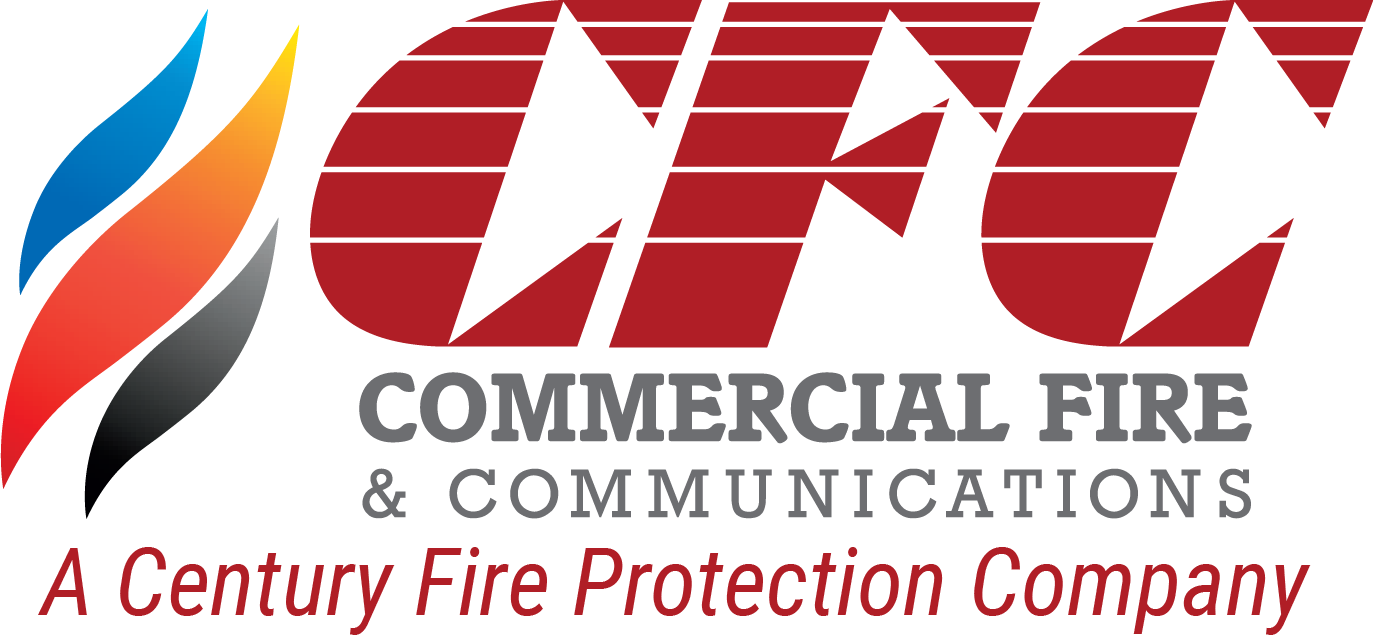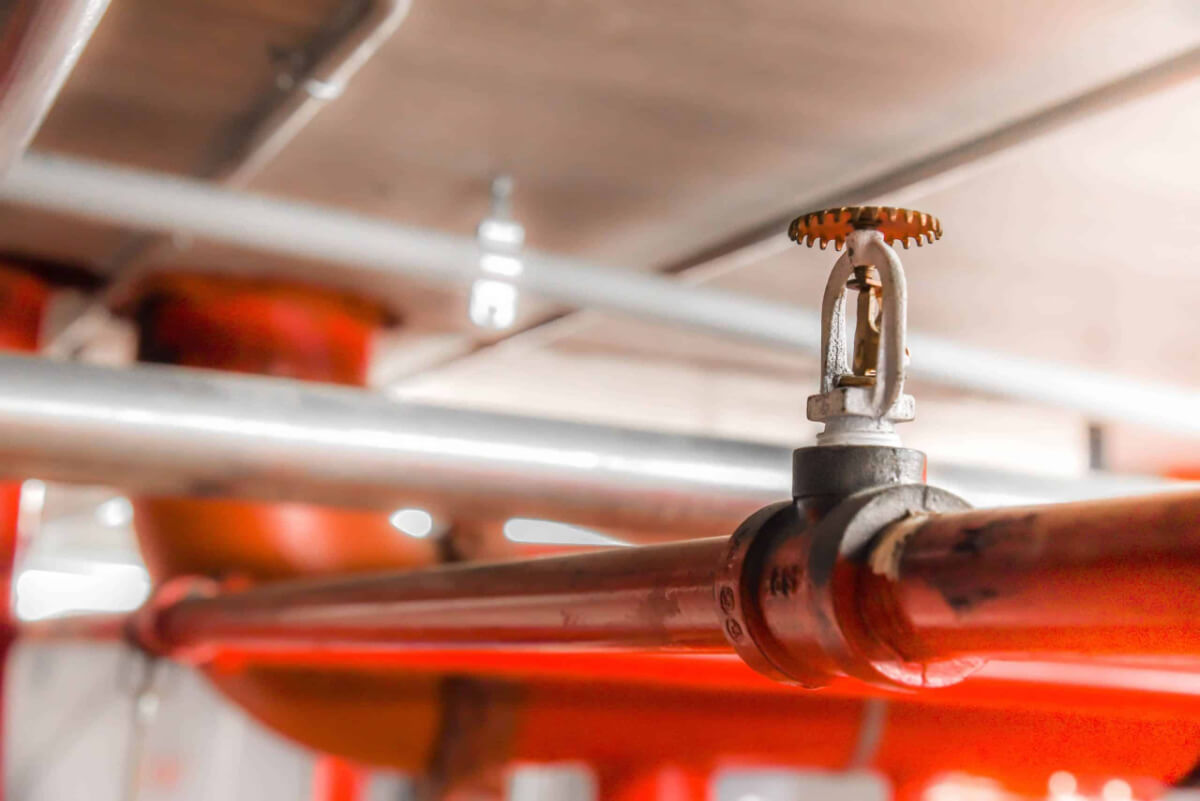Maintaining your fire sprinklers is not just an annual task. The National Fire Protection Association’s standards provide detailed guidance for the ongoing inspection of your fire sprinkler equipment. This guidance, provided in NFPA 25, specifies how often your equipment must be inspected.
Using the NFPA’s guidance to determine how and how often you should inspect your equipment will help you ensure that these critical systems are fully operational when they are needed most. Also, the guidelines can help you avoid inspecting some systems more often than needed since some equipment must be inspected weekly, but others only once a year or every five years.
Monthly Inspection
Monthly inspections can be conducted by the property owner or manager, who will typically designate a staff member trained in NFPA 25 standards and local codes. For a monthly inspection, you must check two particular areas of your system:
Gauges
Wet Systems
For Wet Systems, your inspection will check that the gauges operate correctly and maintain the proper water supply pressure.
Dry Systems
Inspecting gauges in your dry systems are a little more complicated. First, you must confirm that the supply side gauge has normal water pressure readings and that the reading is the same on the quick-opening device valve. You must also check any low air or nitrogen pressure gauges.
Valves
Check that the valves on your equipment are easily accessible, in their correct open or closed position, clearly labeled, undamaged, appropriately supervised, and free of leaks.
Quarterly Inspection
Quarterly, annual, and five-year system inspections, along with maintenance, testing and repairs must be performed by a licensed fire protection contractor. For a quarterly inspection, the monthly steps highlighted above will be conducted along with the following additional checks:
Water flow and supervisory alarm systems
Confirm that your water flow and supervisory alarm system devices are undamaged and operational.
Water flow alarm
Inspect and test the water flow alarm by opening the test connection on a wet pipe system and the bypass connection on a dry pipe system.
Hydraulic nameplate
You must ensure that the hydraulic nameplate is prominently located and securely attached to hydraulic sprinkler systems.
Fire department connections
Your fire department connections, gaskets, and valves should be inspected quarterly to ensure they are not leaking or damaged.
Pressure and relief valves
If your system includes pressure-reducing or relief valves, you should inspect to ensure proper pressure, correct position, and that there are no leaks or damage.
Annual Inspection
The annual inspection includes every item on the quarterly inspection list as well as these additional steps.
Sprinkler heads, fittings, and pipes
During your annual inspection, you want to inspect all sprinkler heads, fittings, and pipes that you can safely access from ground level.
Prepare for emergencies
Check that you have the right replacement parts and tools to handle an emergency. That means extra sprinkler heads, batteries, lightbulbs, and anything you may need to replace to keep the system running. Don’t forget to include the tools you need to make these repairs.
Water flow test
If your water is supplied through a backflow preventer or pressure-reducer, you will need to conduct water flow tests on the main drain to evaluate the quality of your piping. Otherwise, you can conduct this test as part of your annual inspection.
Interior valves
While resetting your dry pipe valves, please take a moment to inspect the interior of the valves to ensure they are free of damage or corrosion.
Hangers, supports, and braces
Your annual inspection is also a good time to evaluate the supports that keep your sprinkler system secure, from pipe hangers to braces.
This post has examined some of the NFPA’s inspection requirements for your fire sprinkler system. These inspections are not only a requirement of the National Fire Protection Association but also required by law. Therefore, to keep your building safe, you must remain vigilant to ensure that all aspects of your sprinkler system will work when you need them most. Check out their website to learn more about the NFPA’s guidance on inspections.

